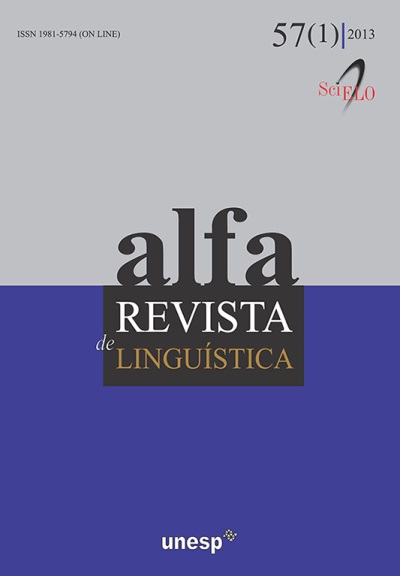Optimality theory and historical phonology: an example from nasal harmony in mundurukú
Palavras-chave:
Sound change, Nasal harmony, Optimality theory, Historical phonology, Mundurukú,Resumo
This paper offers an account of diachronic changes in nasal harmony in Mundurukú, a Tupian language from Brazil. It attempts to show that the Optimality Theory provides new ways of accounting for sound change, other than constraint re-ranking. A comparison of Mundurukú and Kuruaya’s modern systems points out that the source system, Proto-Mundurukú, had similar properties to those currently observed in Kuruaya. In particular, nasal spread targets were voiced stops and sonorants, whereas voiceless obstruents were transparent. This system was developed into another in Pre-Mundurukú, because new contrasts were introduced in the language, turning obstruents into opaque segments, thus blocking nasalization. Formal OT account of both cases relies on restricting harmony constraints, as shown by the relative chronology that gave rise to Mundurukú’s modern system. In addition, this study discusses the consequences of this change to synchronic grammar, and how it explains the process’ irregularities.
Downloads
Downloads
Publicado
Como Citar
Edição
Seção
Licença
Os manuscritos aceitos e publicados são de propriedade da Alfa: Revista de Linguística. É vedada a submissão integral ou parcial do manuscrito a qualquer outro periódico. A responsabilidade do conteúdo dos artigos é exclusiva dos autores. É vedada a tradução para outro idioma sem a autorização escrita do Editor ouvida a Comissão Editorial.

